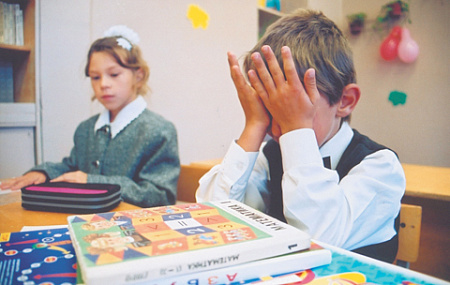
It is a widely accepted truth that a student’s emotional state is intrinsically linked to their academic success. However, new research reveals a startling and dangerous disconnect: teachers are often unable to accurately perceive the stress their students are experiencing, creating a blind spot in our educational systems with profound consequences for child well-being and performance.
A recent study involving middle school students and their teachers found a statistically insignificant correlation between how students rated their own stress levels and how their teachers assessed them. While educators could sometimes identify general signs of tension, they were far less adept at recognizing the coping mechanisms students employed. This suggests that from the front of the classroom, the true emotional landscape of its students remains largely invisible.
This perception gap stems from a variety of factors. Teachers’ assessments can be skewed by their personal feelings toward a student or a desire to present an idealized picture of their classroom. More critically, educators often misinterpret the symptoms of stress. A child’s emotional turmoil might be dismissed as a character flaw, and stress-induced hyperactivity or withdrawal can be labeled as simple misbehavior or a lack of academic effort, leading to poor marks instead of support.
From the student’s perspective, the experience of stress is deeply personal and often difficult to articulate. For one child, it may be triggered by social isolation; for another, by the pressure of deadlines. Young children often manifest stress physically through restlessness, loss of appetite, or anxiety, while adolescents may react with aggression or retreat into apathy. Lacking the vocabulary to explain their state, many students “speak” through their bodies or a display of learned helplessness, signals that are frequently misread by adults.
Perhaps the most crucial misunderstanding lies in how students cope. When asked, younger children point to distraction and physical activity, while teenagers emphasize problem-solving. Adults, however, consistently assume that both age groups primarily rely on seeking “social support.” This assumption overlooks the independent resources and resilience that young people develop to navigate their challenges.
While social support is undeniably important, an over-reliance on it as the sole solution can be counterproductive, inadvertently reinforcing a sense of helplessness and limiting a student’s ability to develop their own problem-solving skills. The findings are not an indictment of individual teachers but rather a warning about a systemic failure in modern education. It calls for a global shift in approach—one that equips educators to see beyond behavior and grades, and empowers students to build the resilience they need to thrive in an increasingly complex world.
